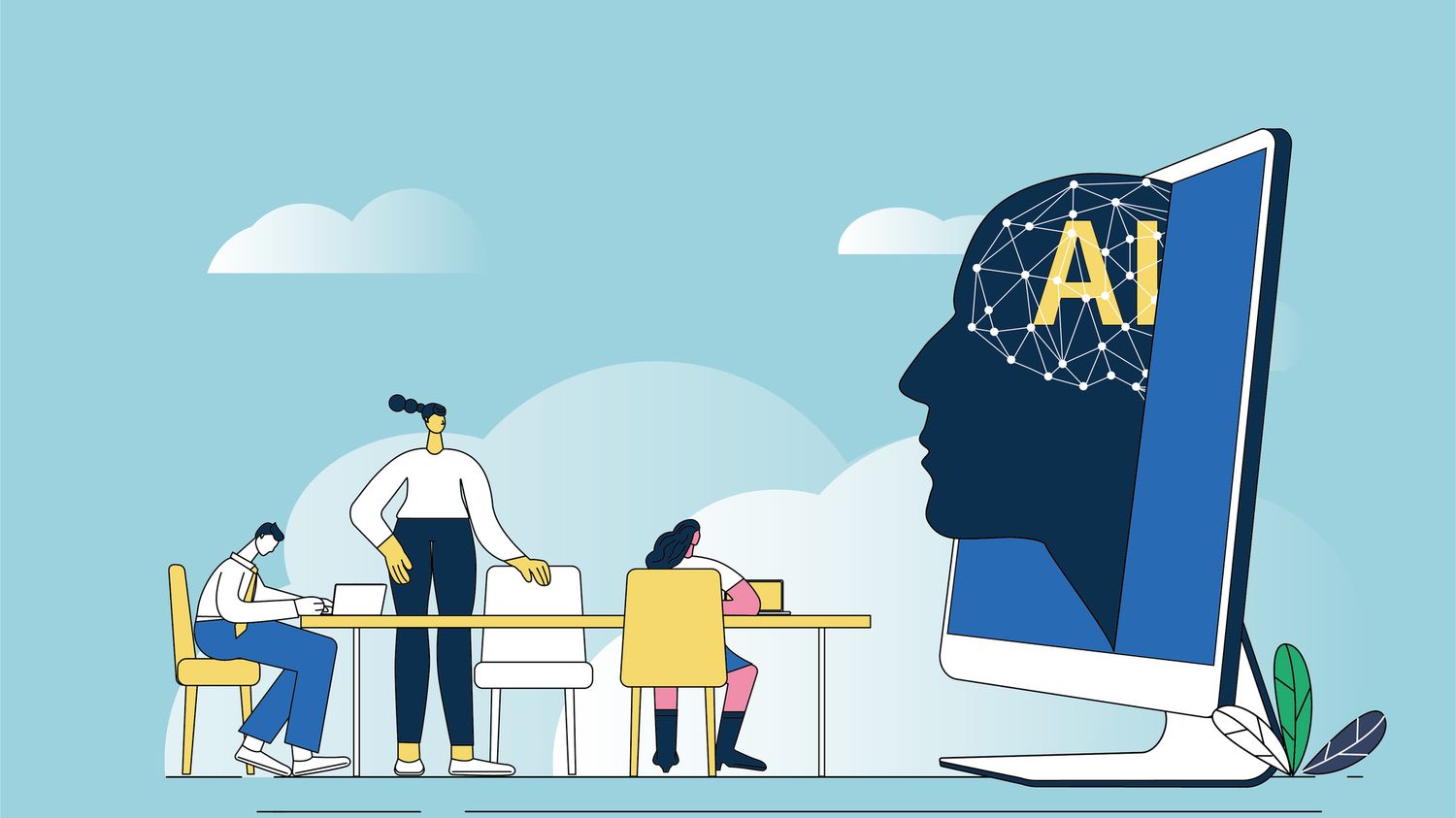It will be a type of ChatGPT that feeds through video conference or emails, to then give a report, assign tasks and fill in the agendas. The goal is to delegate to him the most time-consuming tasks of a collaborative project.
After personal assistants, Google and Microsoft want to go further. Your next office colleague could be artificial intelligence, a virtual co-worker created with a few clicks on a web page. We will therefore give him a name, an email address, establish his department and his responsibilities. Then we will include him in discussions and share documents with him, as we do with any employee. The goal is to delegate to him the most time-consuming tasks of a collaborative project.
He may be asked to create a summary document or progress report, answer specific questions in a joint file or simply summarize what was just said in a meeting. In fact, it is a kind of ChatGPT with which we interact by e-mail or through tools such as Microsoft Teams or Google Workspace, except that it feeds through documents, video conferences, e-mails, chats, in short, about the whole life of digital technology of a project team. .
Classic meetings, on a corner of the table, must take place in Teams or in Google Meet, this is the only way for this virtual assistant to listen and transcribe what he heard. The promise is to be able to distinguish the interlocutors and to know exactly who said what. To then be able to give a report, assign tasks and fill in agendas.
Some use cases are a bit worrisome. He, for example, will know how to follow project deadlines and remember priorities, which saves time. Unless he becomes a “micromanager”, the boss who sticks his nose in everything, who trusts no one and who wants everything to go through him. Nor should it become a hunting tool, especially since he knows exactly who is late, who made a mistake, who did not follow the instructions. Not to mention that AI tends to hallucinate and make mistakes. That’s probably why Microsoft and Google remain rather vague about the availability of these virtual colleagues. One thing is for sure, at some point we will have to learn to work with these AIs, in one form or another.

